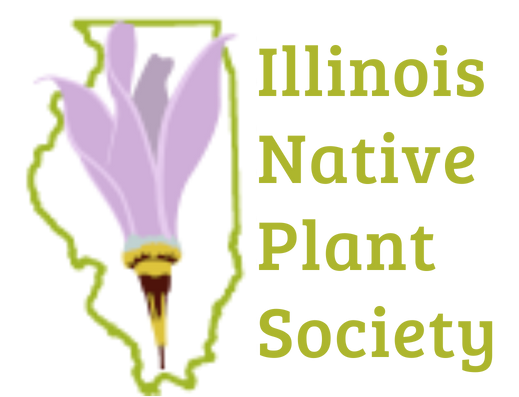Five years of Progress on Horn Prairie
I was just going through prairie photos, thinking about Henry Eilers and how far recognition of our Prairie has come over the past 5 years! As they say: “time flies when you are having fun!” It was mid to late December of 2014 when I received an email from one HENRY EILERS. I had no clue whom this person was, but in his email, he said he saw one of my prairie photos on the ILLINOIS WILDFLOWERS website by Dr. John Hilty. He had contacted Mr. Hilty and received my email address. This Henry Eilers had quite a few questions about our prairie and hoped to meet in person soon. Well, I was a little taken back, but I tried to answer all his questions in my email response. We exchanged quite a few messages and photos from our prairie over the next 4-5 weeks. Henry was thrilled with the photos and my responses to his questions.
After the holidays, we made plans to meet in nearby Ramsey, Illinois. It was nice to put a face to this person who contacted me! We talked briefly, and Henry was soon following me out to our prairie farm. Within minutes of arrival, we were off for a walk about through the prairie. Though it was winter, Henry could identify many of the plants as we walked. I knew a quarter of the plants that Henry identified, maybe less! He was a wealth of knowledge, and I was very impressed! As we continued, Henry asked if anyone ever made a list of the species found on site. I told him Bob Edgin had done this in 2010, and I had a copy of the list. Bob was working for the Illinois DNR at the time. (Bob retired two years ago). Through Bob’s kindness and his many efforts to help maintain and improve our prairie, my wife, Patty and I enrolled our Prairie into the Land and Water Reserve program in 2009, and it remains in this program to this day. Bob and a summer intern completed a one day “search and identify” of our prairie, resulting in 366 plant species documented. Bob told me he expected our prairie was likely to have 400-450 species, possibly more, but due to budget reductions and cutbacks, Bob was never able to return to complete the list. Upon seeing the site, Henry volunteered to do just that, starting in spring of 2015. After completing the necessary permit forms, given that to our prairie was enrolled in the LWR program, Henry and I started the enormous task of searching, finding, and identifying the plants from our prairie. Henry brought other wonderful people out from time to time to assist in this wonderful and exciting task. It didn’t take long to surpass the 400 species mark, then it was 450… then we broke 500… and we currently sit at 548 species. Bill McClain joined the effort in 2017, and he has begun obtaining herbarium specimens. Bill continues to add to our species list on his visits! We found a Gallium species last May-June that Bill has yet to identify, so we hope to obtain more specimens this coming season, hopefully getting a positive ID!
Henry arranged for two tours of our prairie in 2015, and we have hosted tours each year since. Through Henry’s hard work and devotion to native plants and preservation, we have met so many wonderful people, especially many folks from the Illinois Native Plant Society!
The site has come a long, long way since we first purchased the land in 2001. At the time, my wife and I were just amazed by the wildflowers that were growing and blooming all spring and summer. We really didn’t do anything with the land until 2004 when we enrolled the farm into the Wildlife Habitat Improvement Program (WHIP) with the State of Illinois. After the five-year participation in WHIP, we enrolled the prairie into the current LWR. This past season, all 40 acres of our the southern till plain prairie ecosystem, both open mesic prairie and savanna prairie, was burned. With the abundant rainfall all summer long, we experienced the most impressive bloom in our time on the prairie!
The prairie has brought many wonderful people, like Henry, into our lives. Henry, with his wealth of knowledge and experience, has been instrumental in our beautiful prairie’s recognition and plant species identification. We now realize just how special and rare our prairie is. Thank you, Henry, for all you have done for Horn’s Prairie Land and Water Reserve!!!





